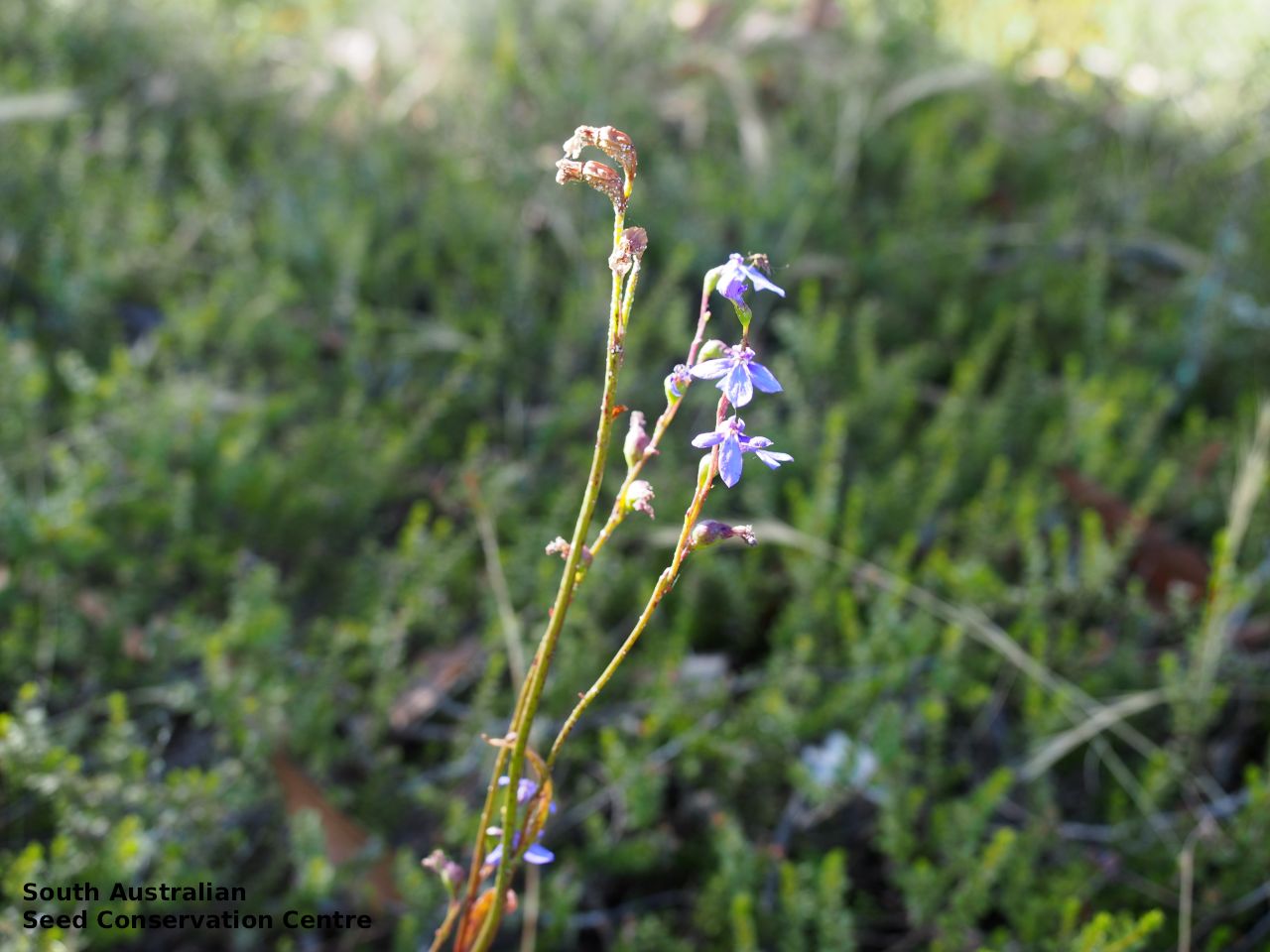
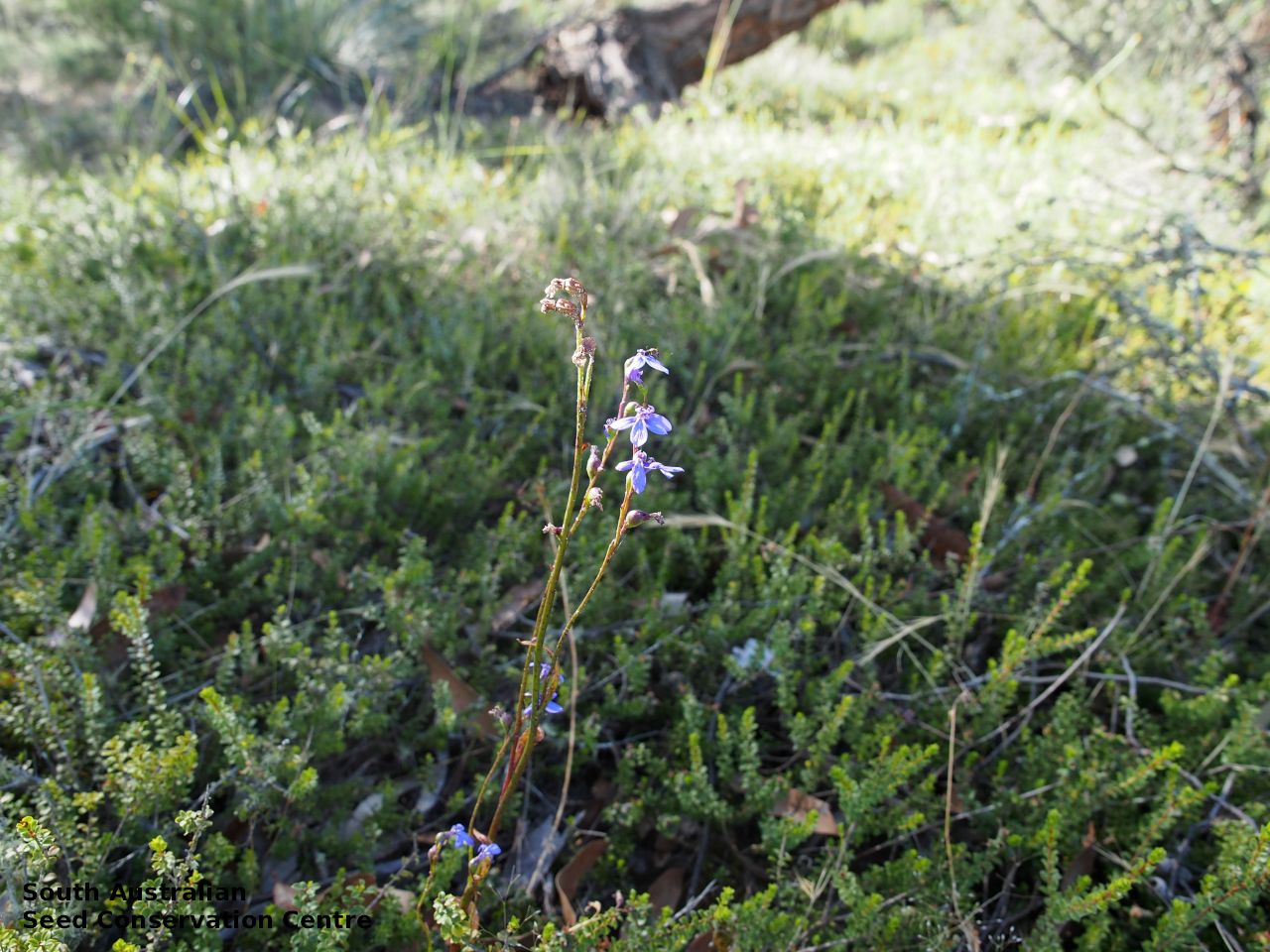
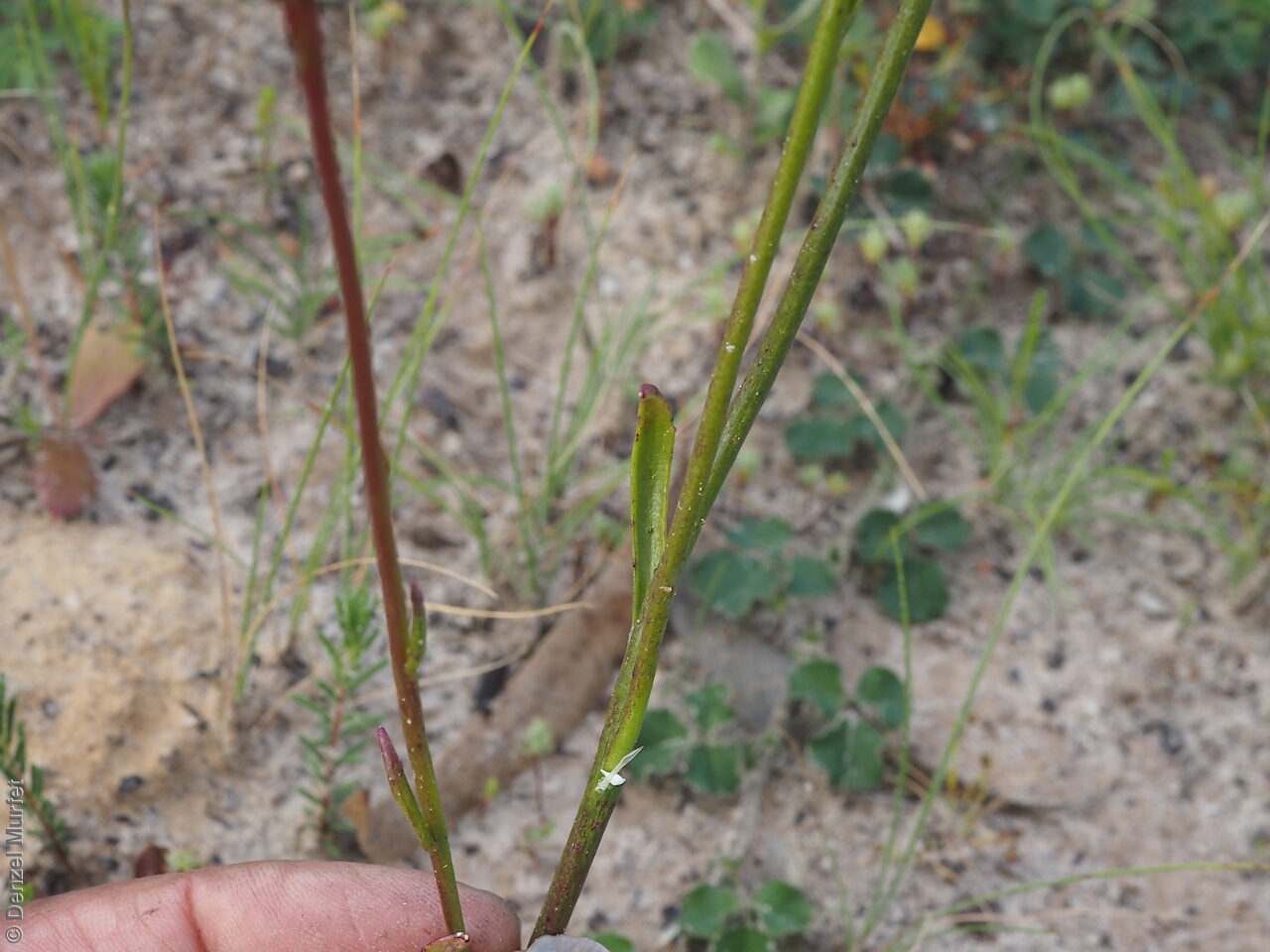
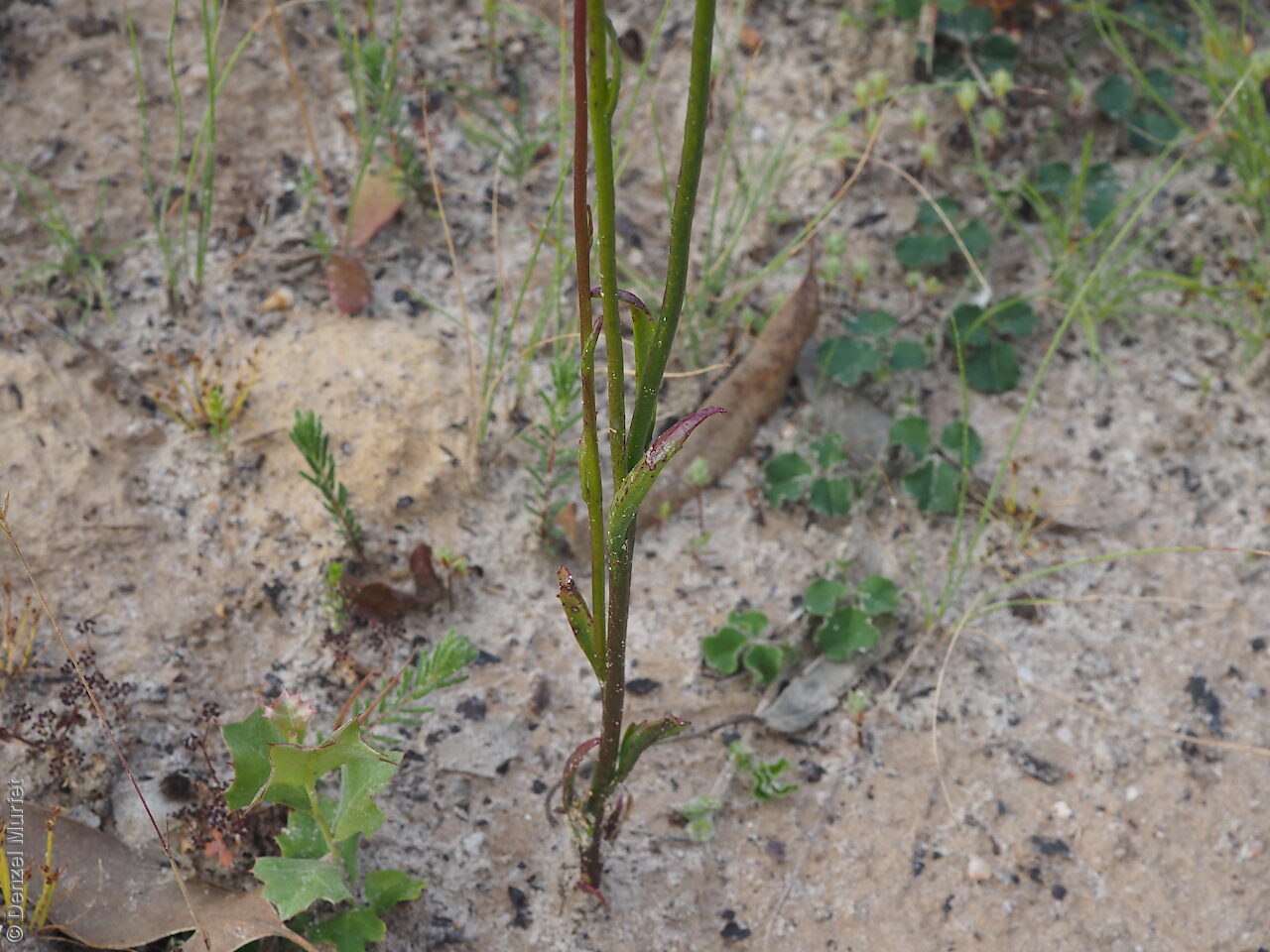
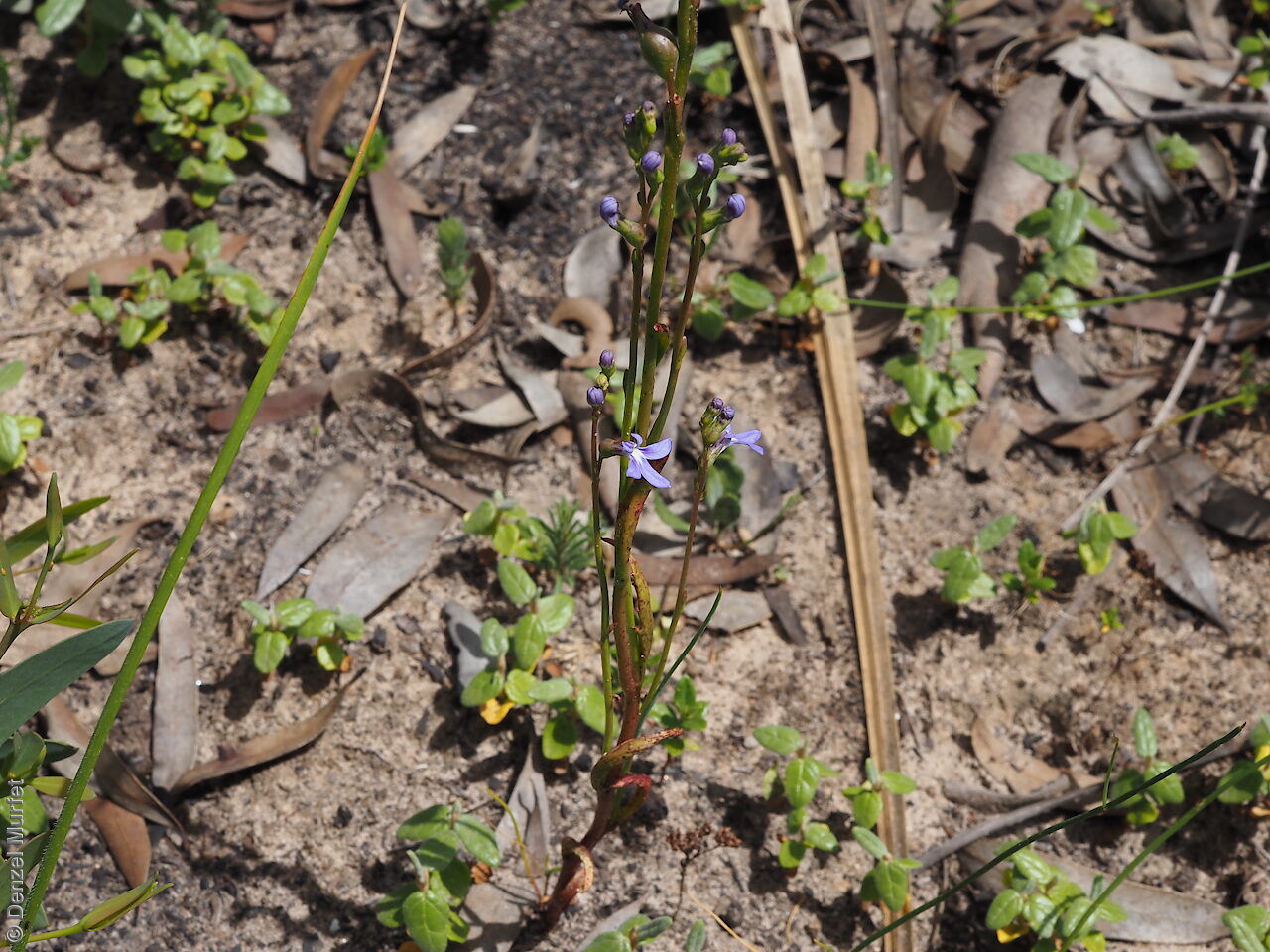
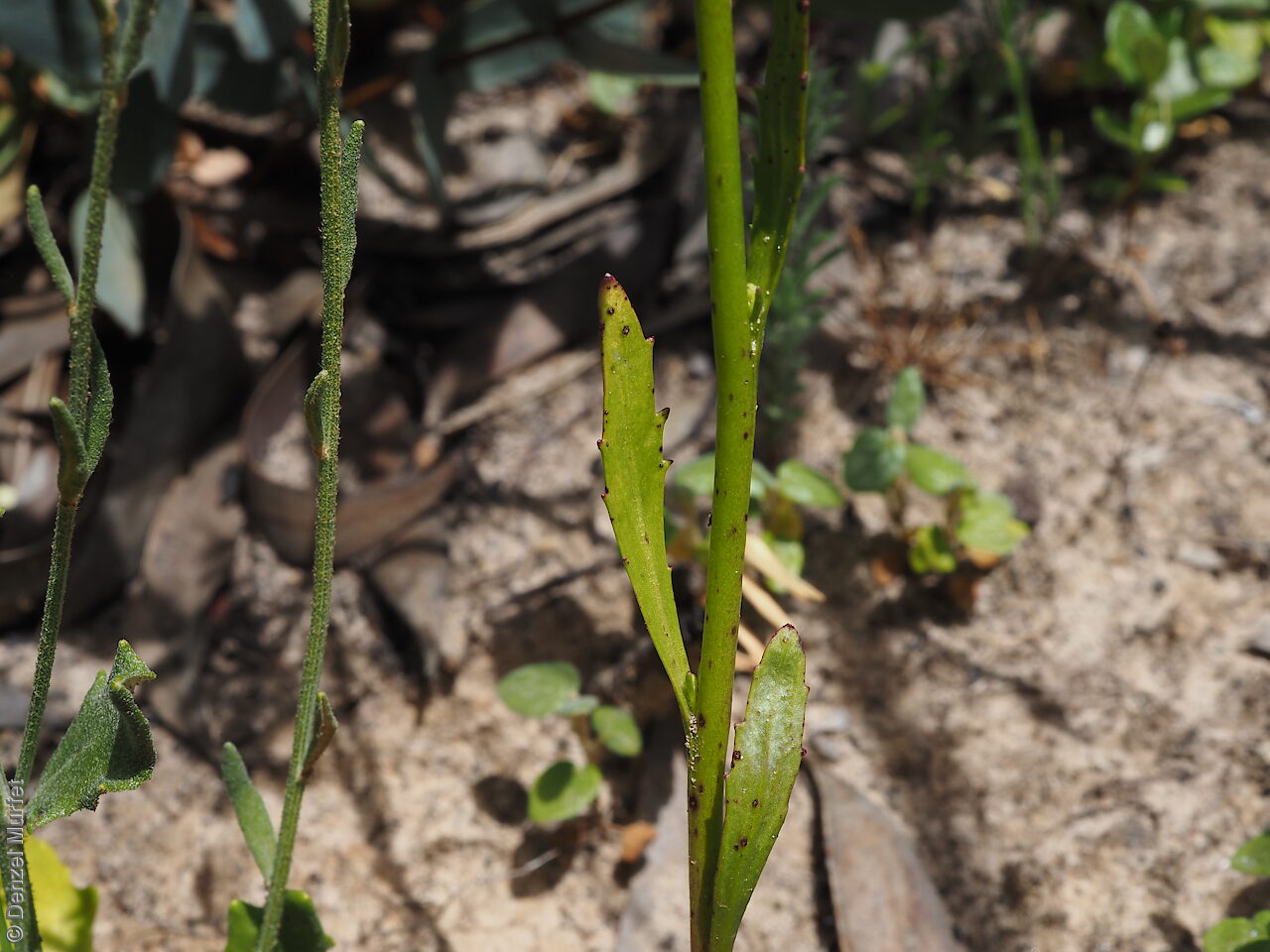
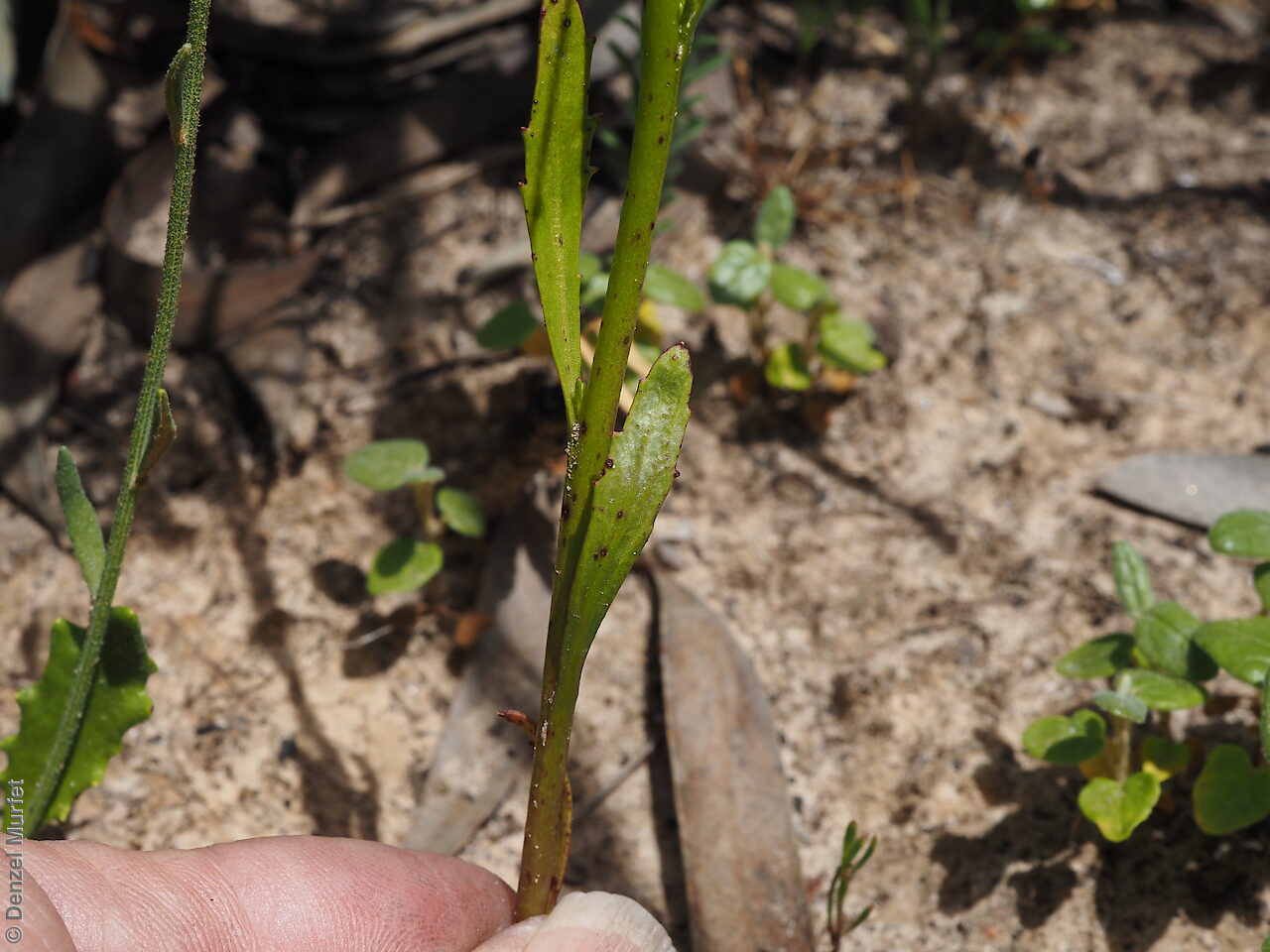
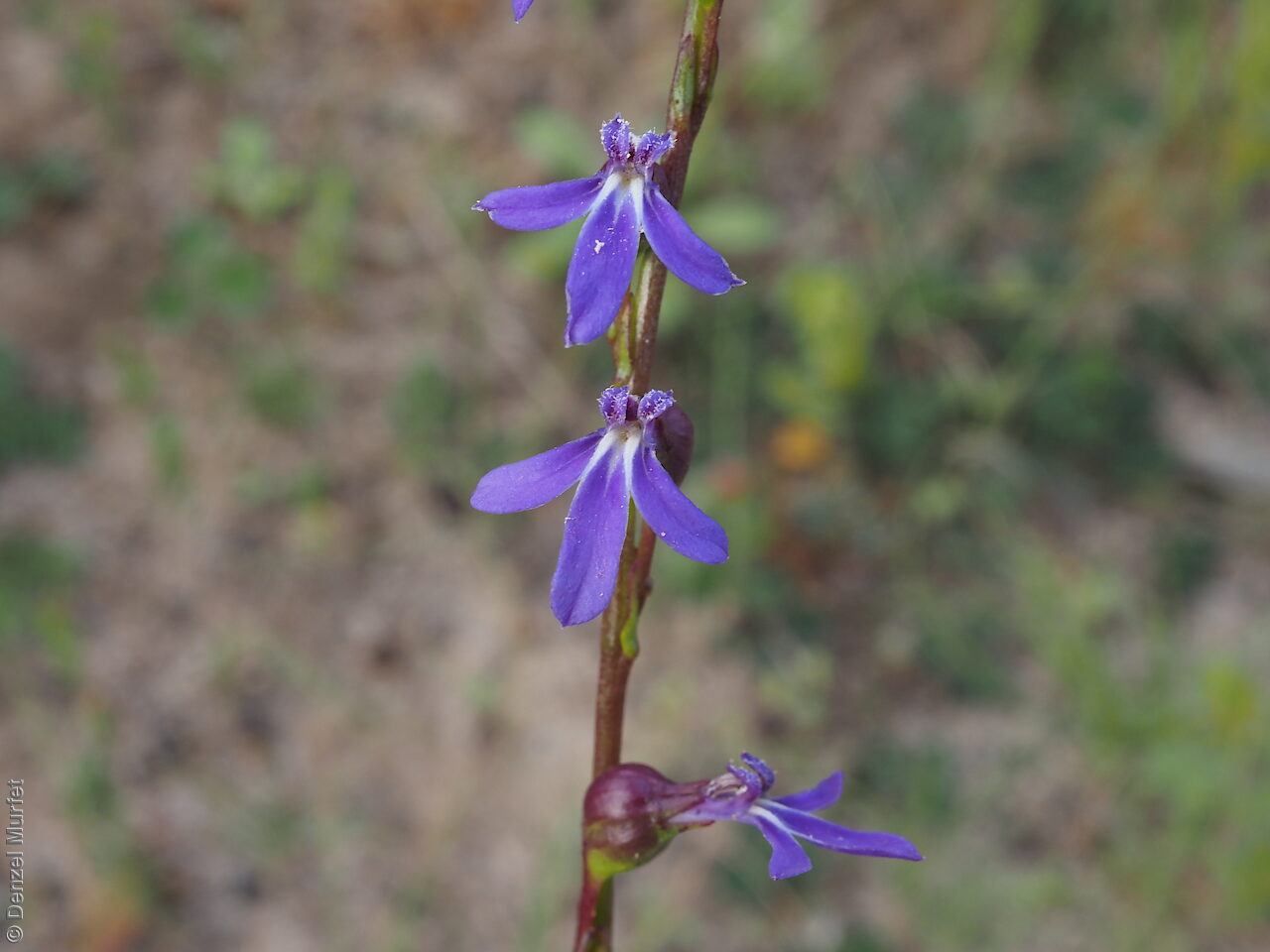
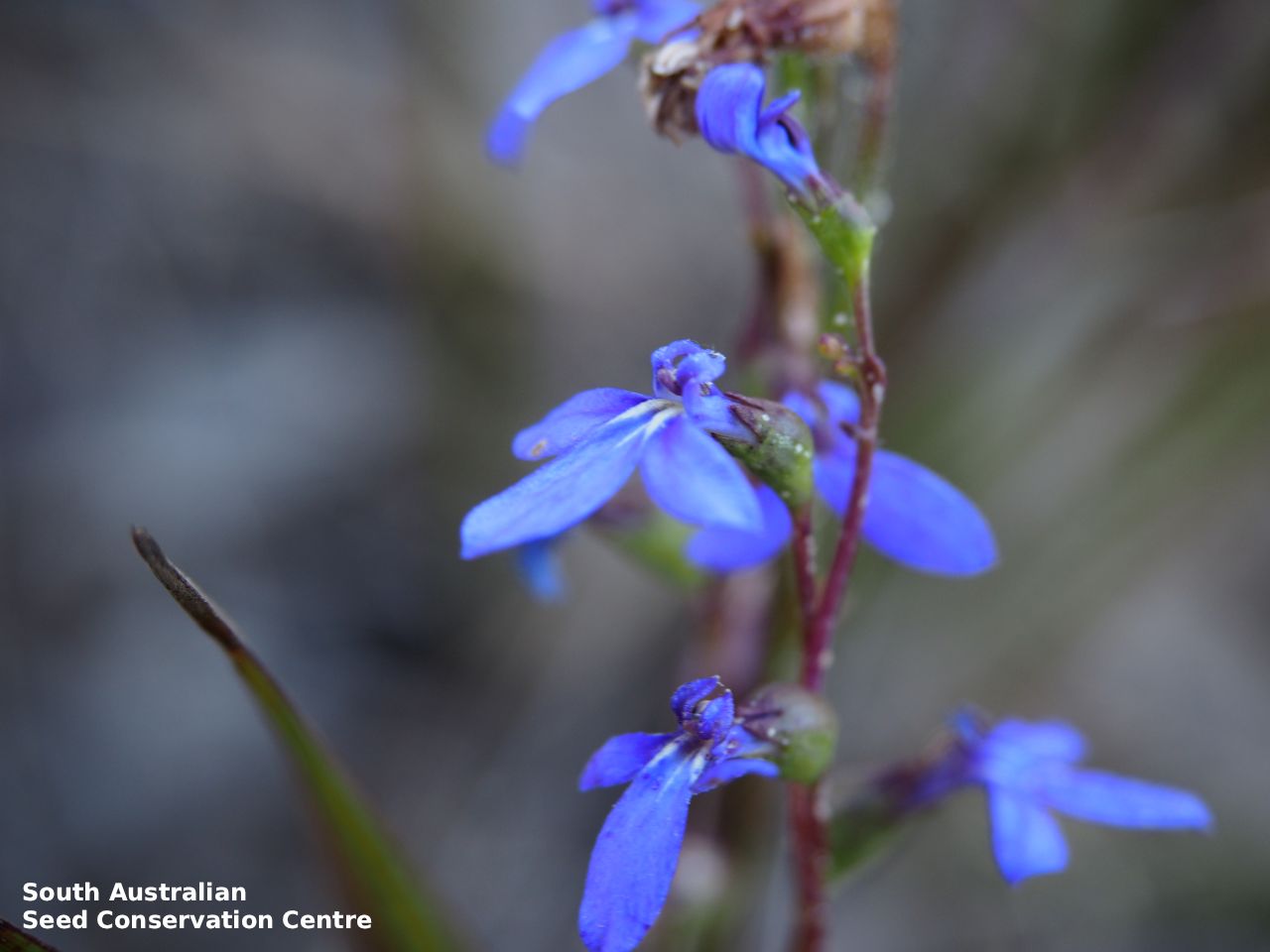
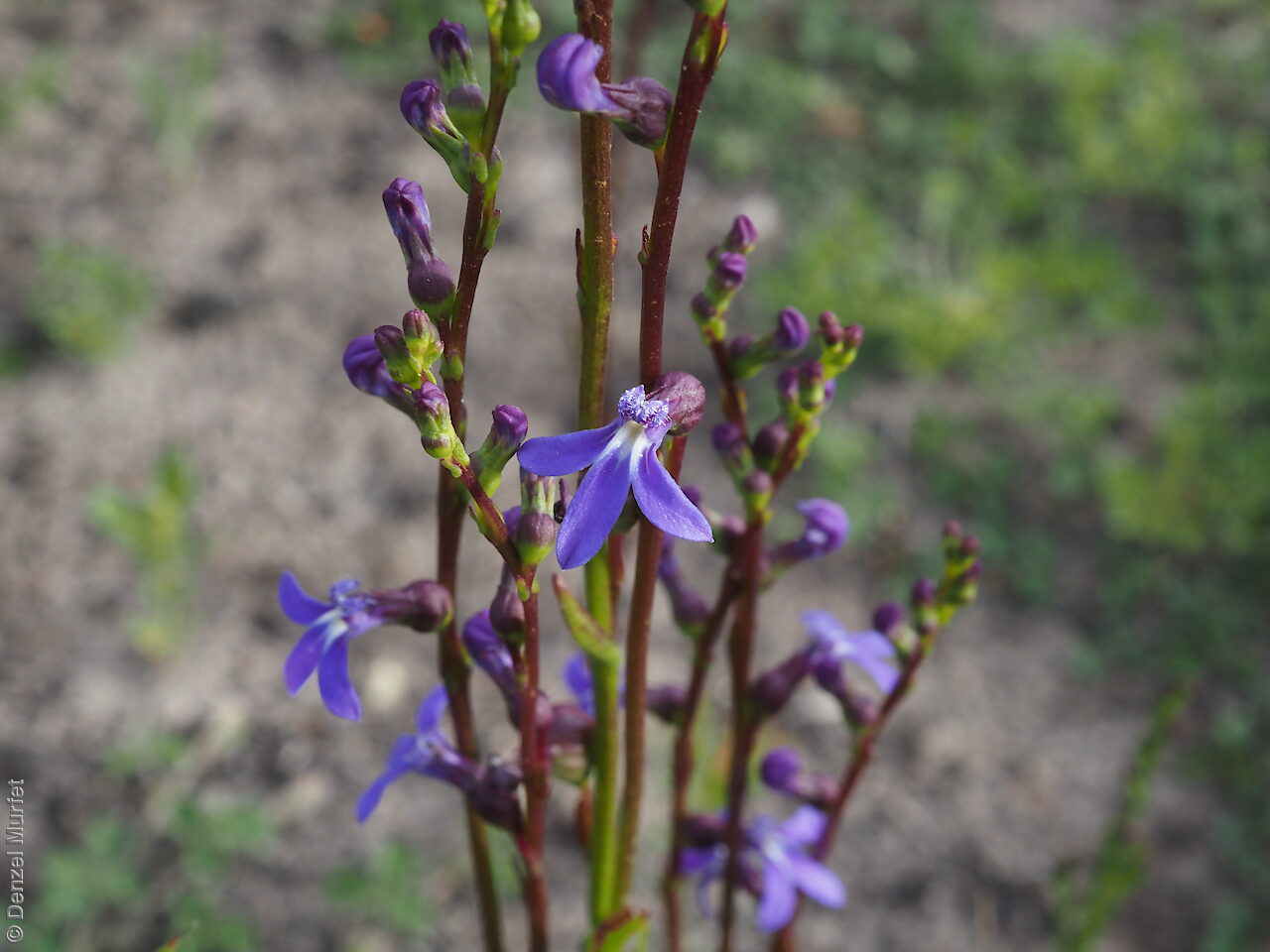
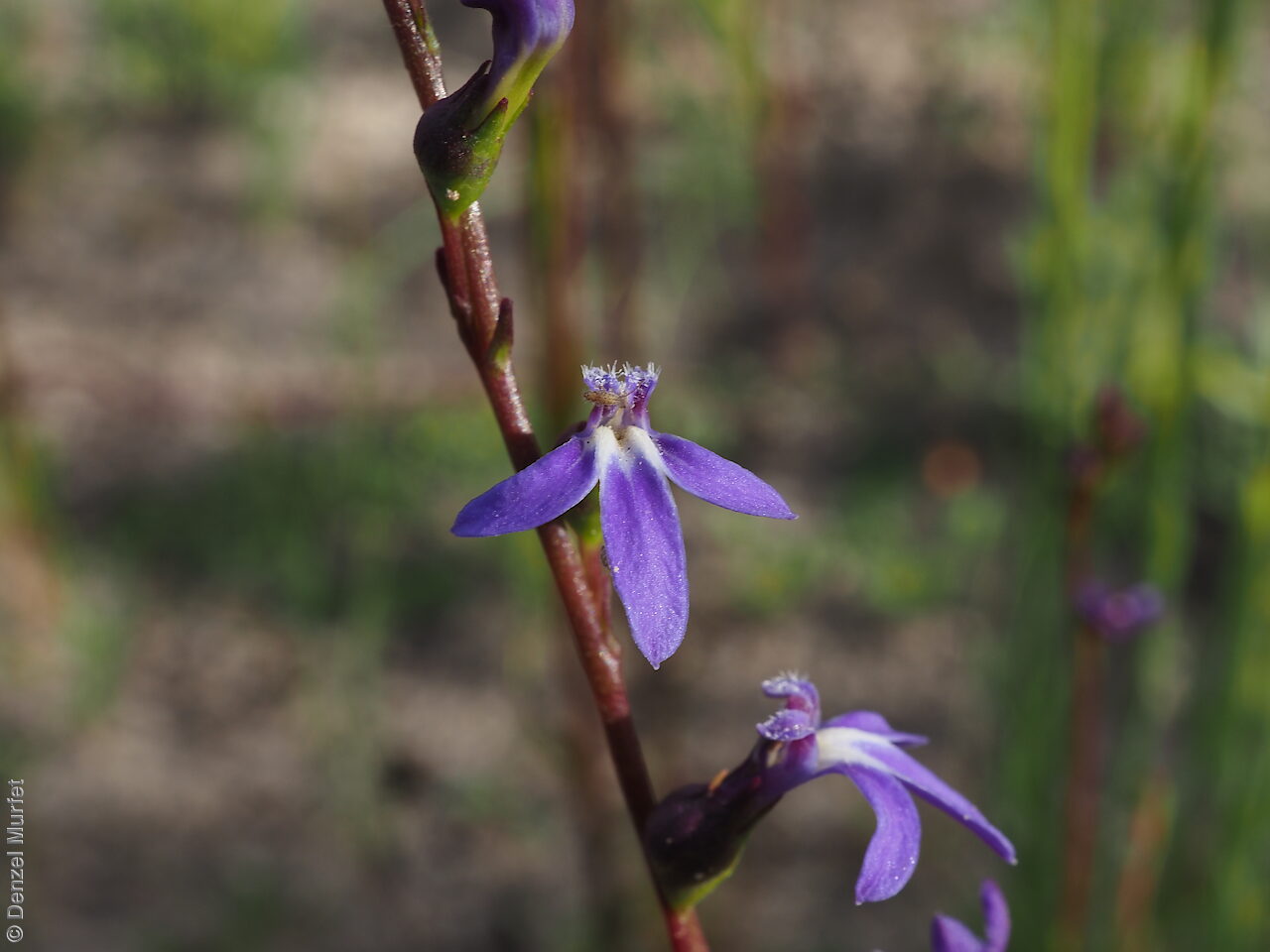
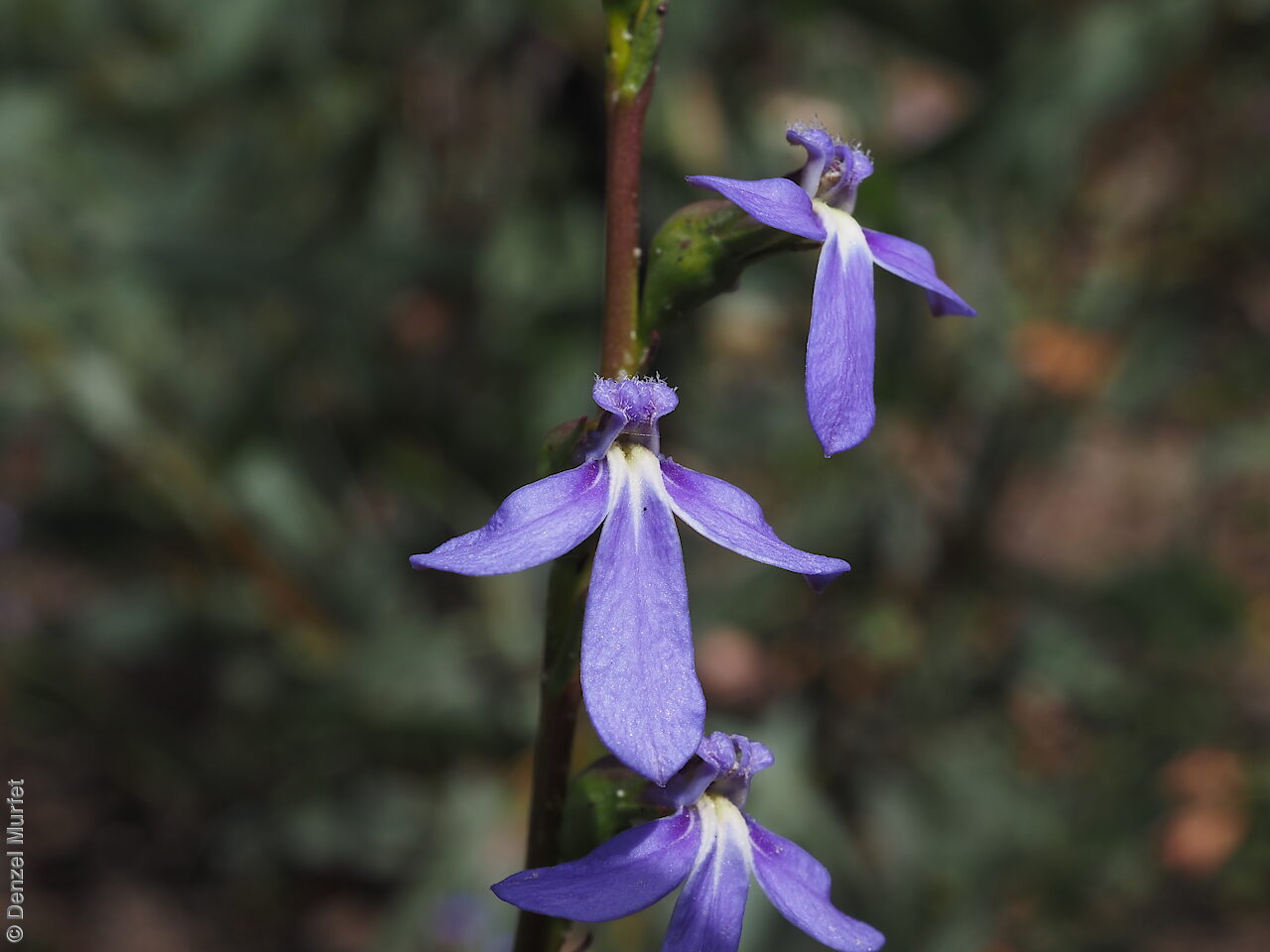
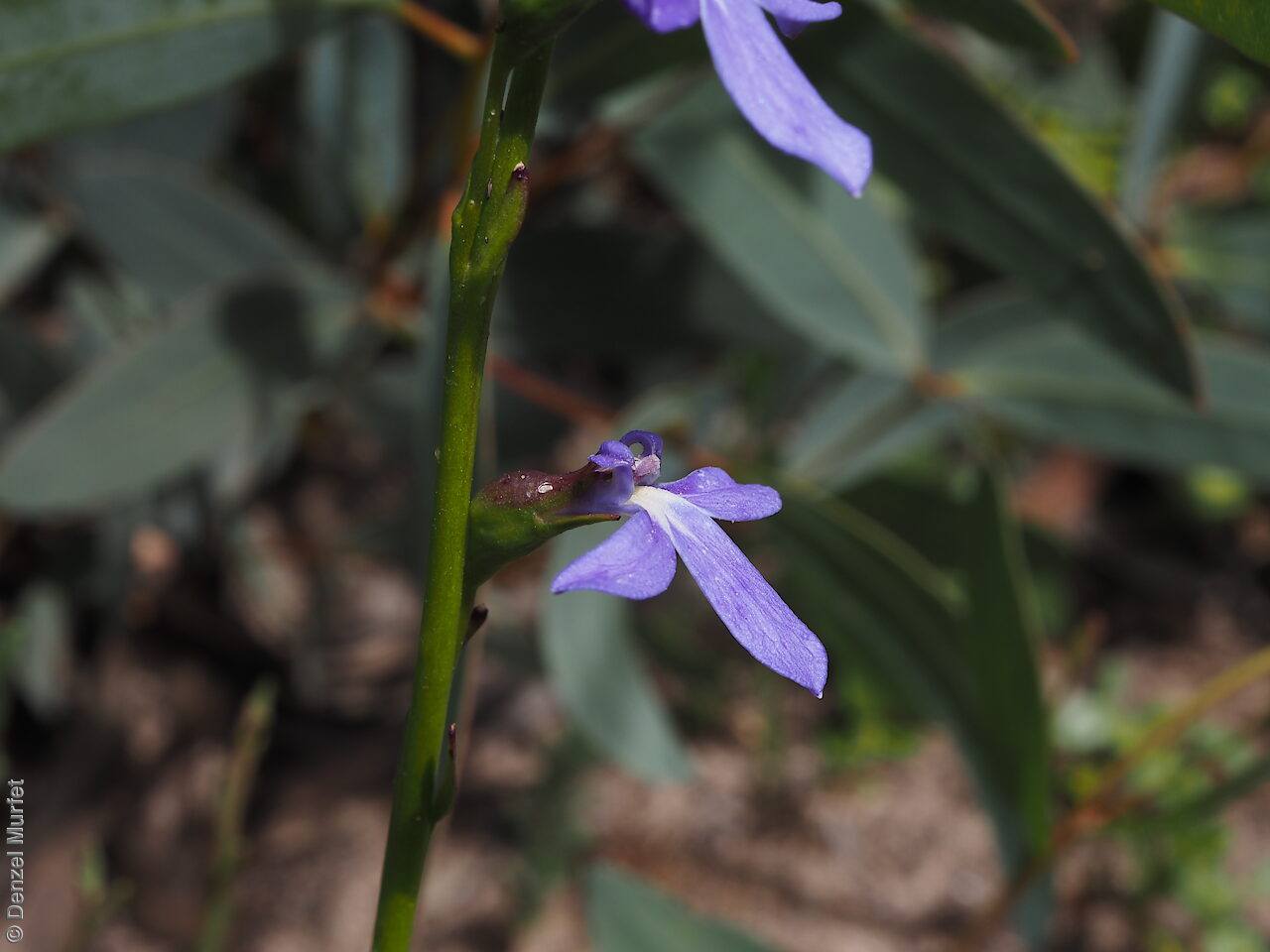
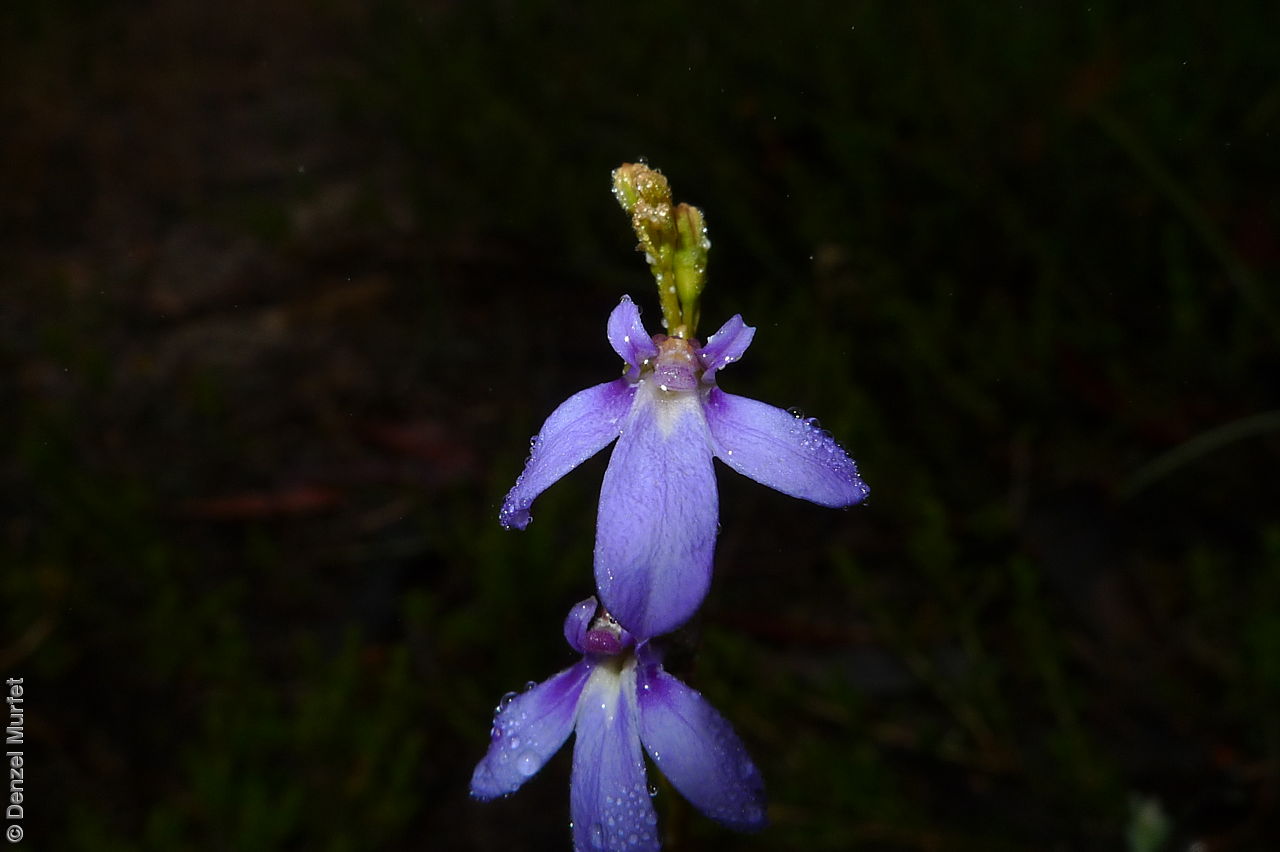
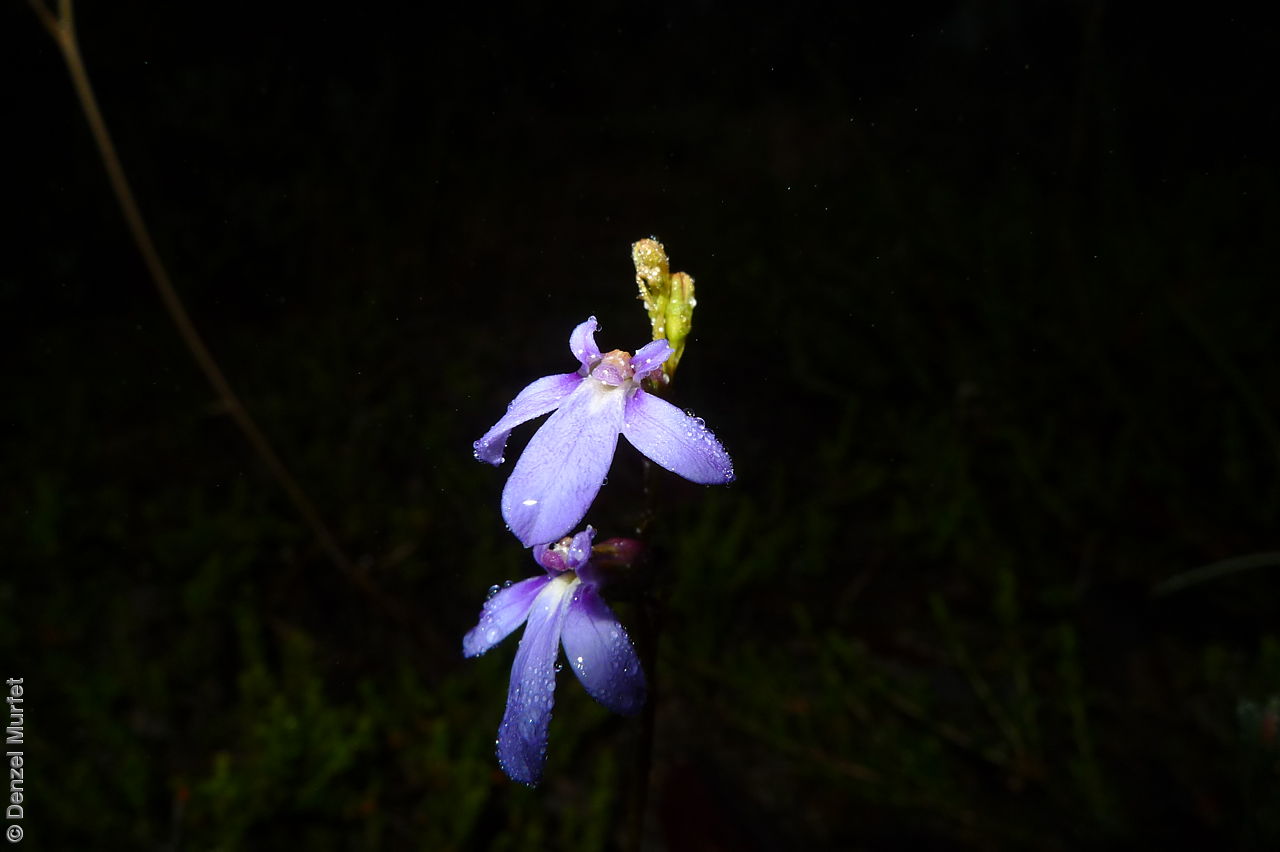
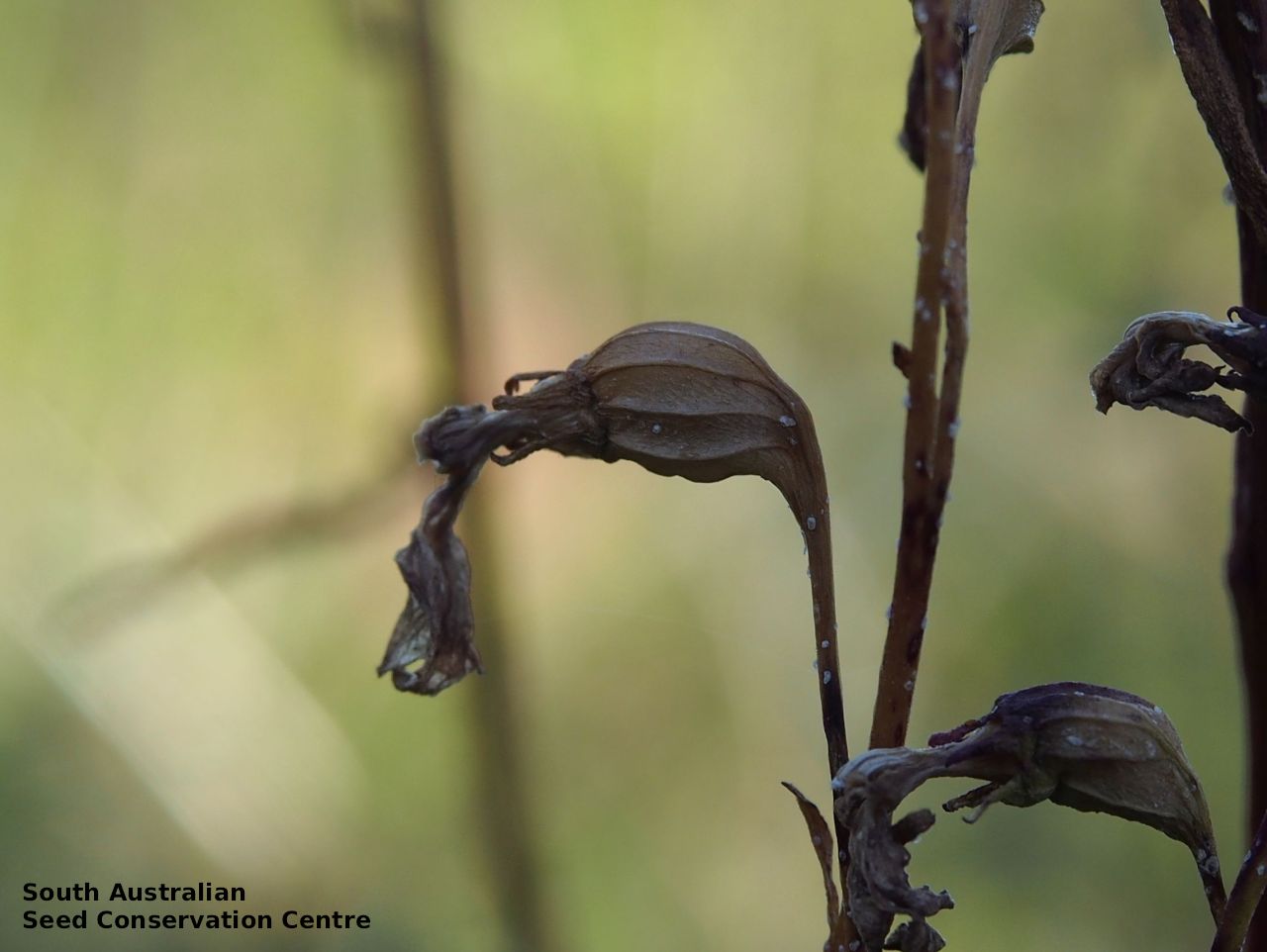
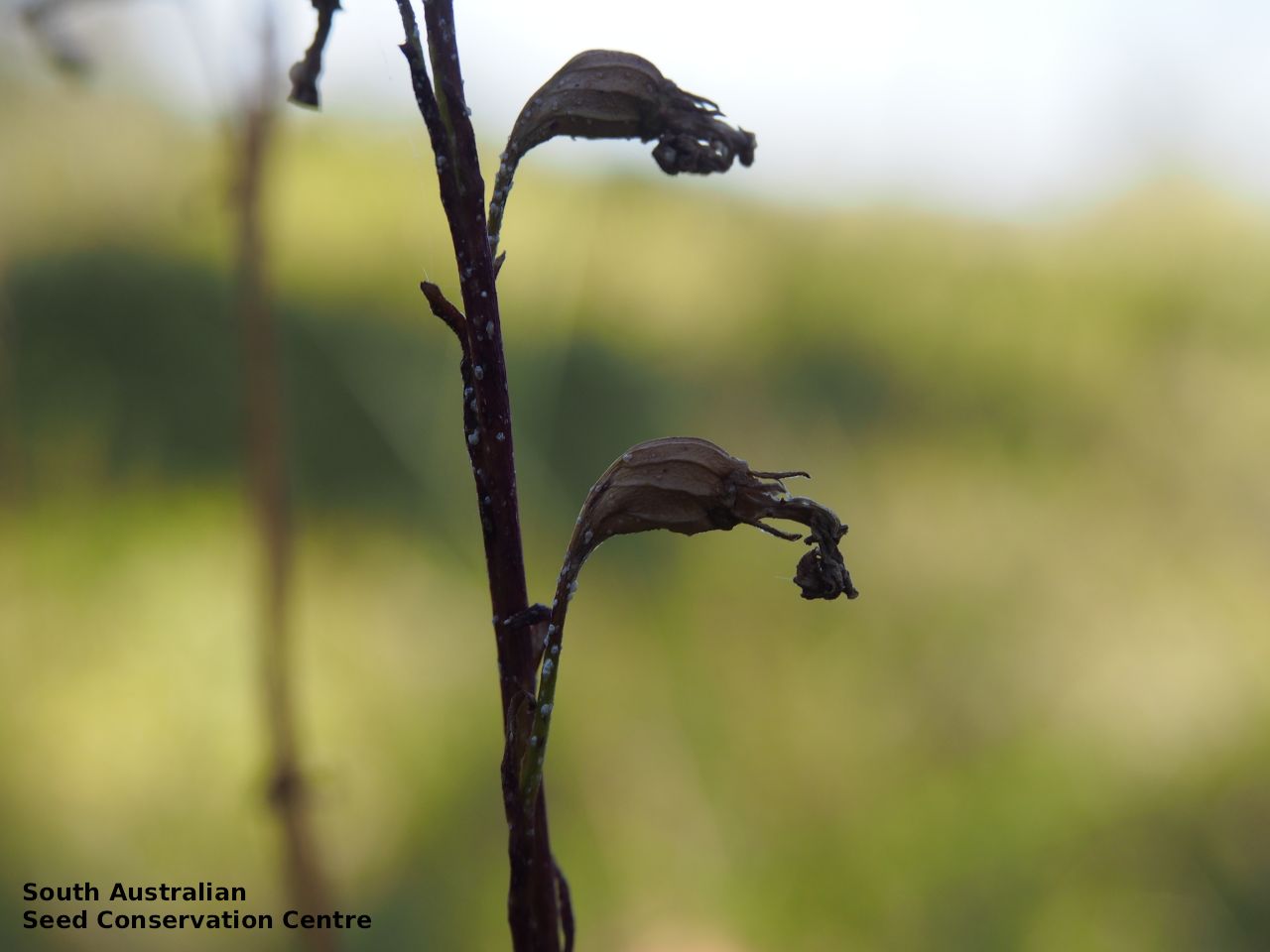
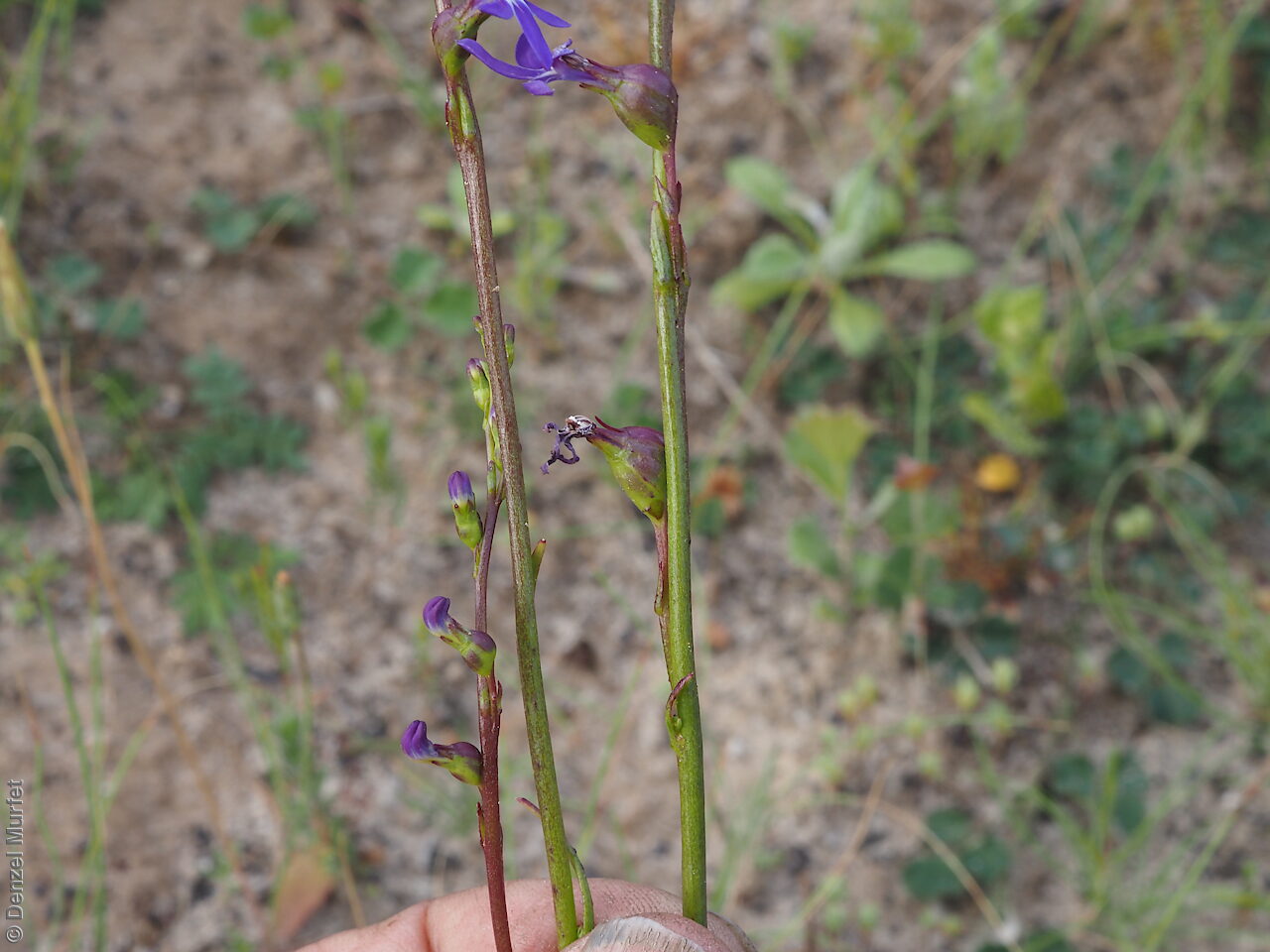
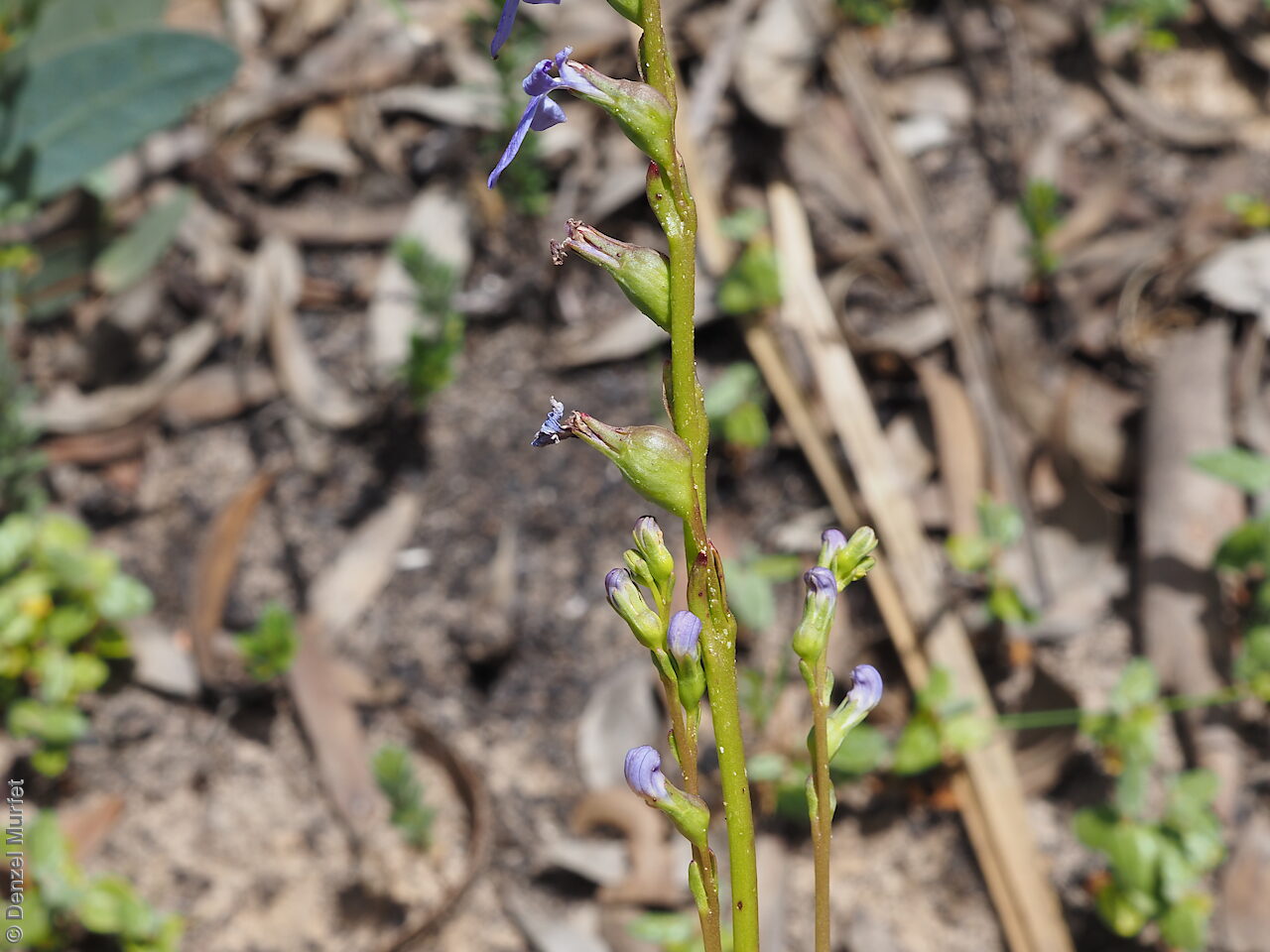
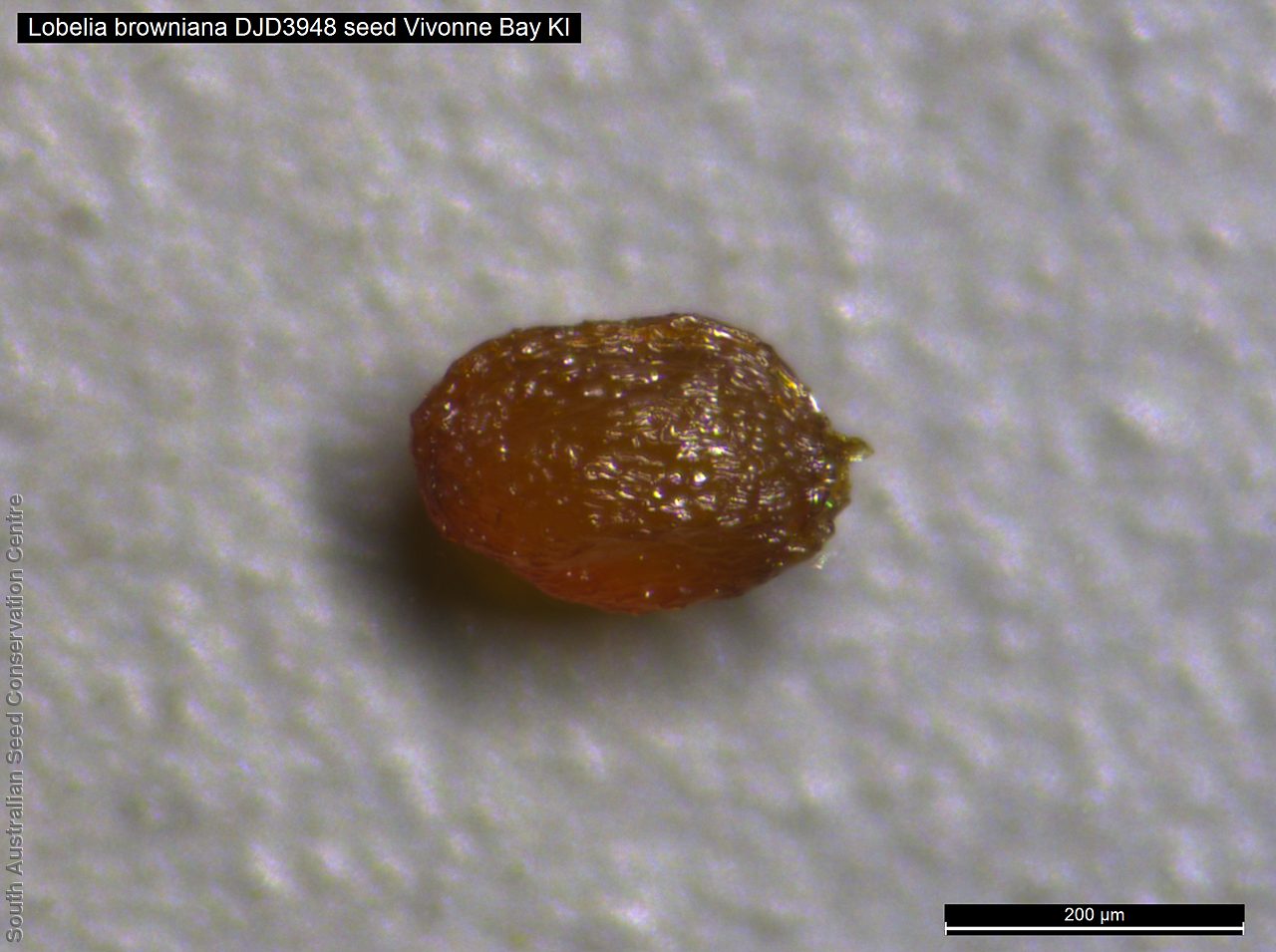
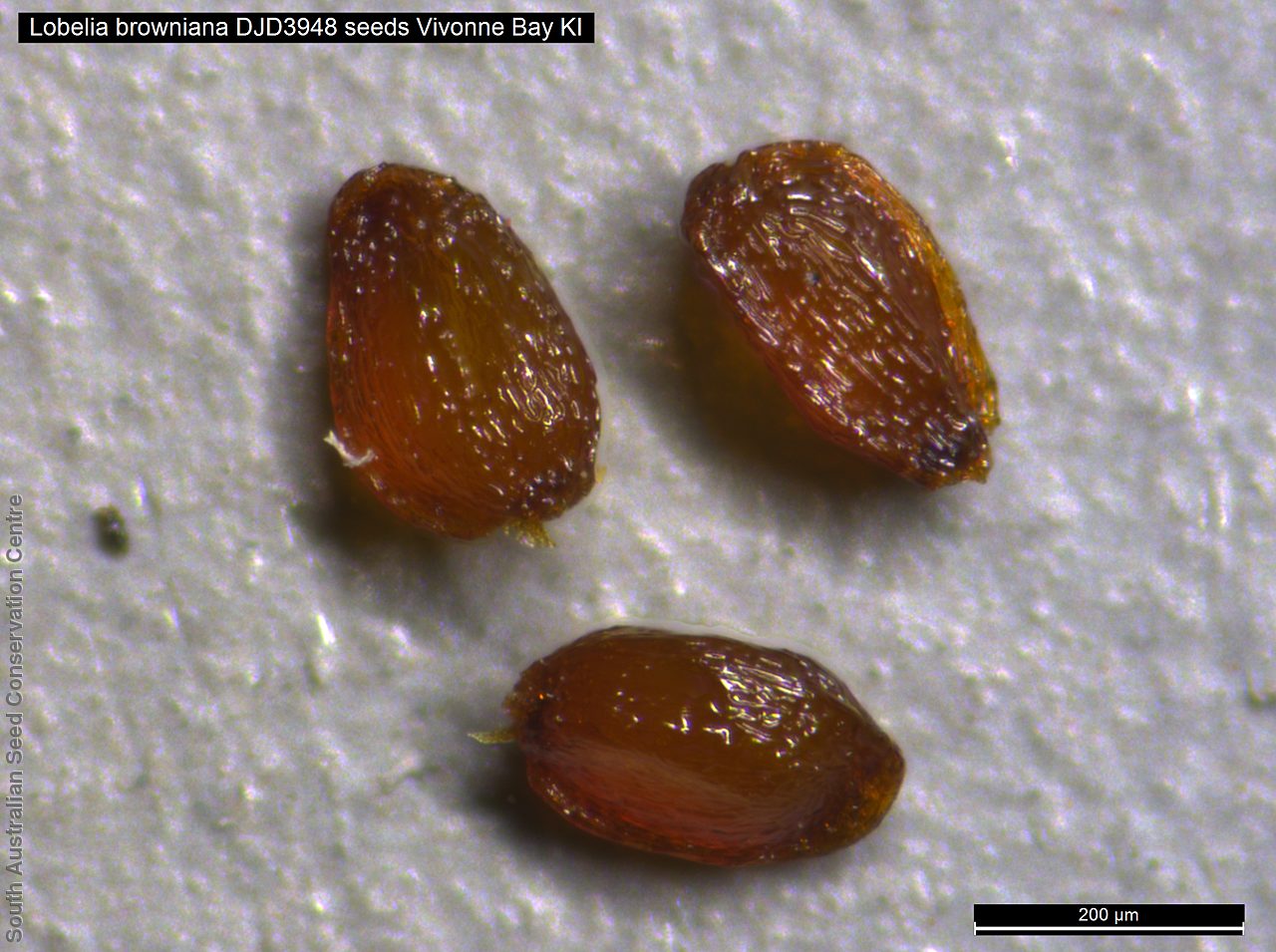
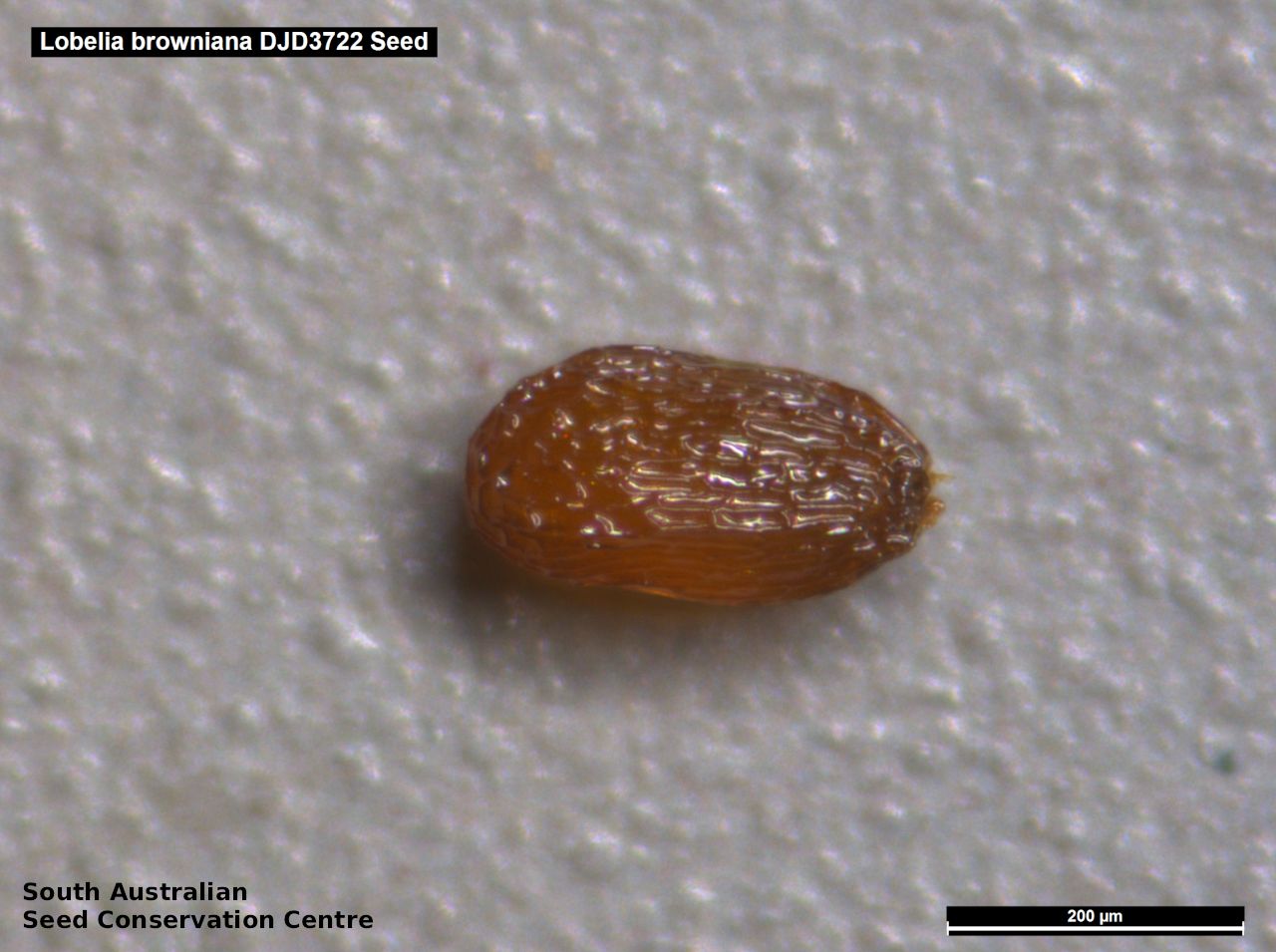
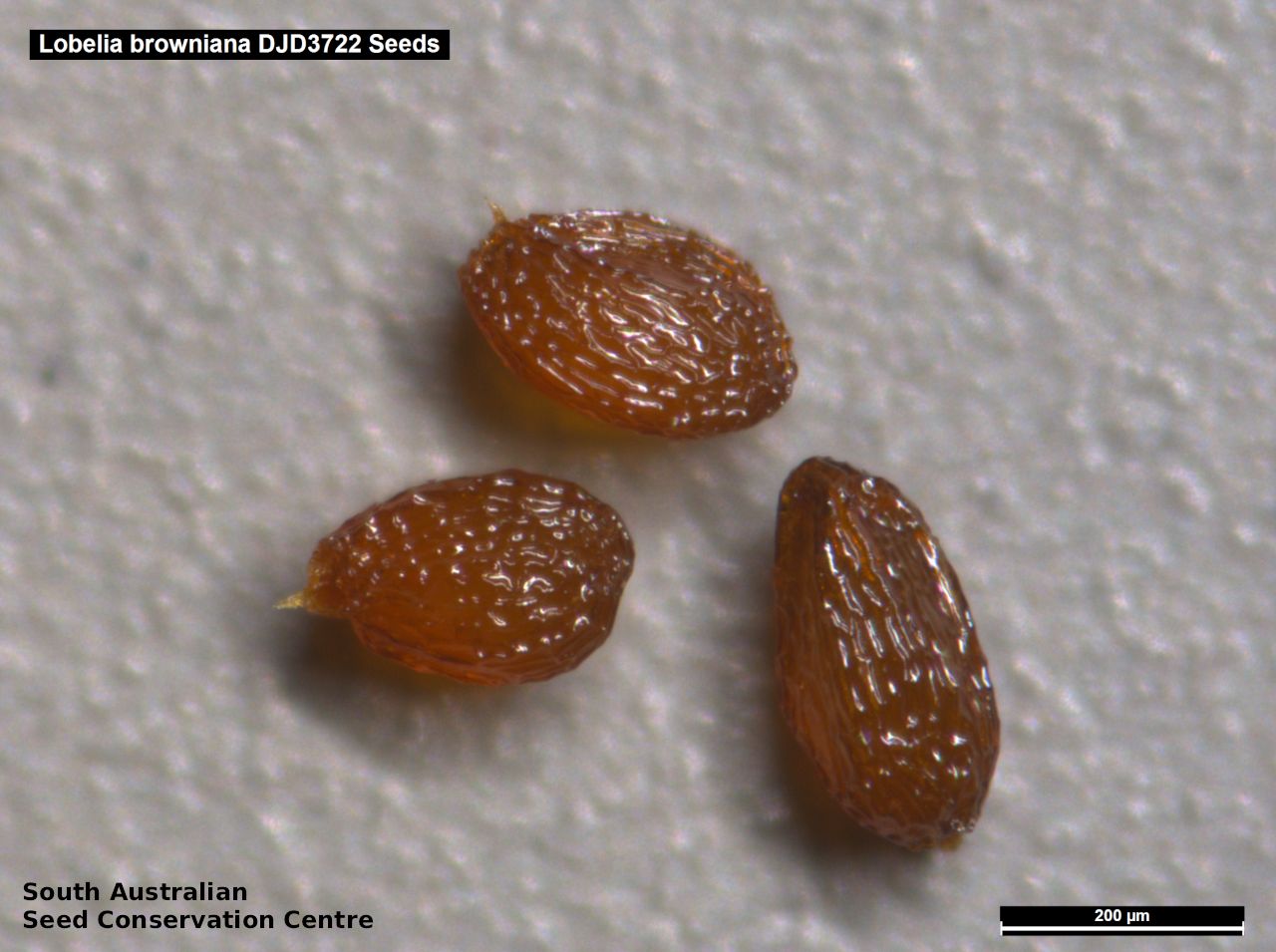
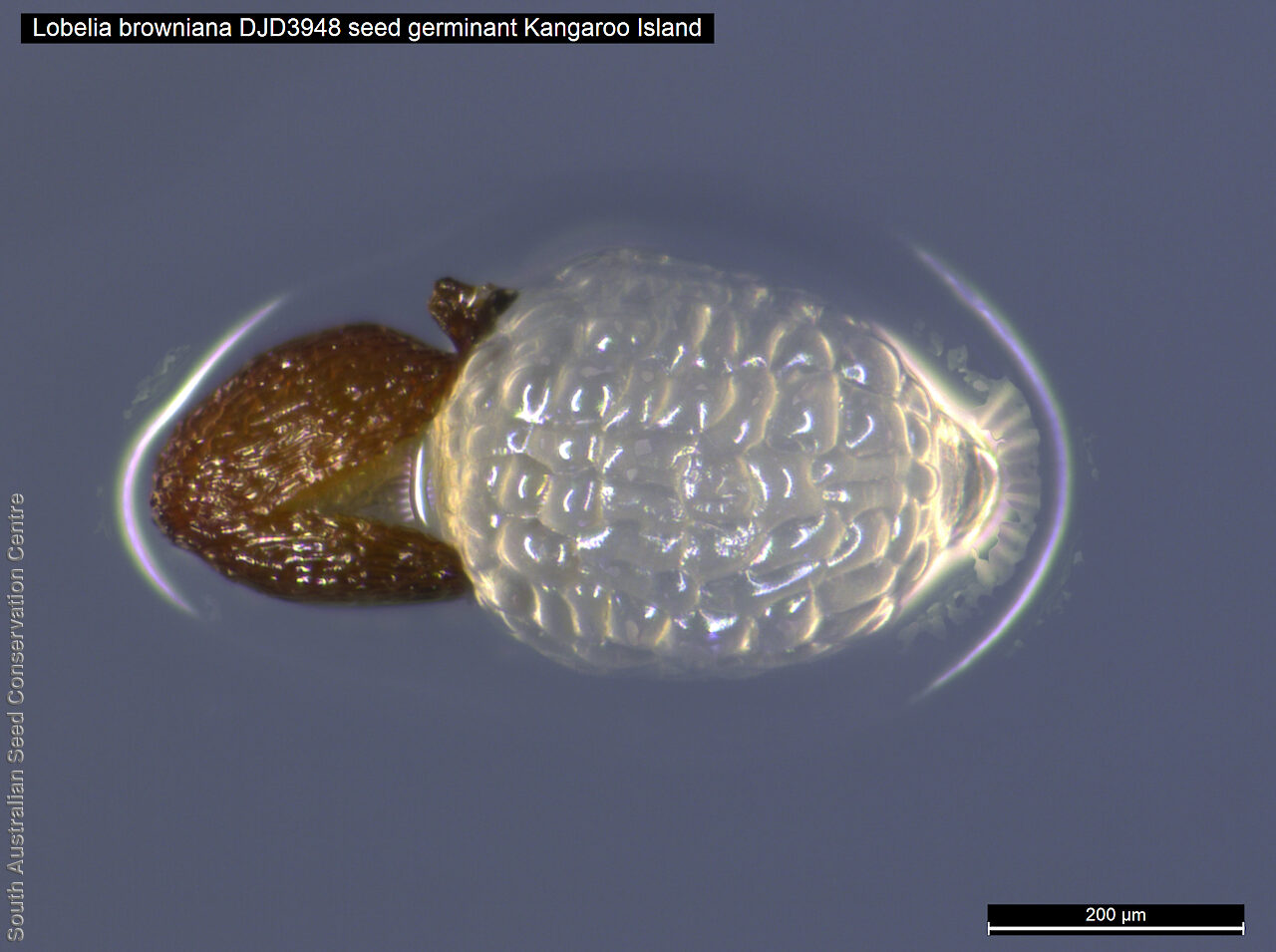
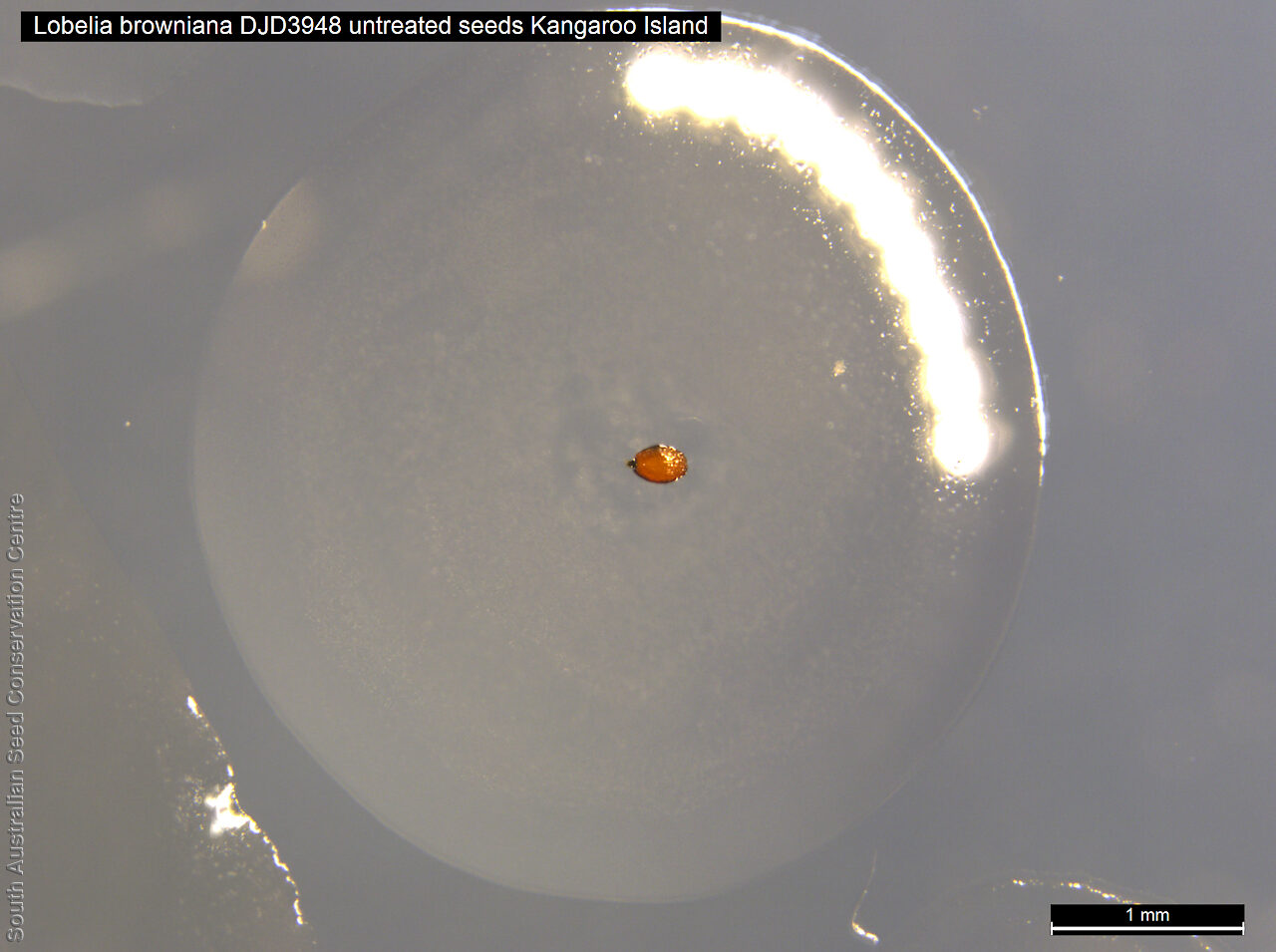

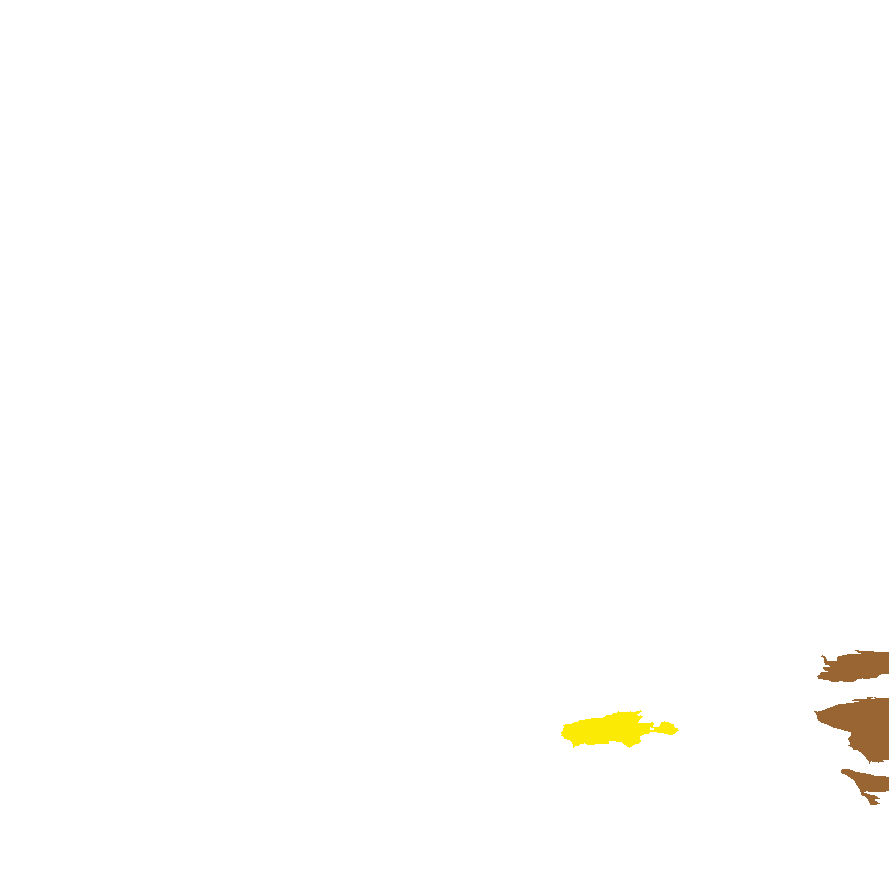
Botanical art
Prior names
Lobelia gibbosa var. browniana
Etymology
Lobelia, named after Mathias de Lobel (1538-1616), physician to William of Orange and then botanist to James I of England. Browniana named after Robert Brown (1773-1858), a Scottish botanist and palaeobotanist who made important contributions to botany largely through his pioneering use of the microscope and accompany Matthew Flinders' expedition to Australia and collector of the type specimen for the species.
Distribution and status
Found on kangaroo Island and the upper South-east in south Australia, growing in well-drained sites in dry sclerophyll forest and Callitris woodland. Also found in Queensland, New South Wales, Victoria and Tasmania. Native. Rare in South Australia. Uncommon in Victoria. Common in the other states. Maybe more common post fire.
Herbarium regions: Kangaroo Island, South Eastern
NRM regions: Kangaroo Island, South East
AVH map: SA distribution map (external link)
Plant description
Erect succulent or semi-succulent glabrous annual to 50 cm high, with a solitary or several stems and often with a red-tinged. Leaves linear to narrowly oblanceolate, rarely narrowly lanceolate, to 60 mm long and 4.5 mm wide, usually reduced towards inflorescence, narrowly toothed (sometimes indistinctly), withered at anthesis. Inflorescence a 1-sided spike with 4-15 blue flowers. Flowering between November and February. Fruits are brown ovoid capsule to 12 mm long, swollen on upper side. Seeds brown, ellipsoid to ovoid, tiny to 0.3 mm long with a reticulate or wrinkled surface. Seed embryo type is linear, under-developed.
Seed collection and propagation
Collect seeds between November to March. Collect mature capsules that are fat, turning a pale straw-colour and containing brown seeds. Can collect individual capsules or break off the whole fruit spike if most capsules are mature. Place the capsules in a tray and leave to dry for one week. Rub the capsules gently by hand to dislodge the seeds. Use a sieve to separate the unwanted material. Be careful as the seeds are very small. Store the seeds with a desiccant such as dried silica beads or dry rice, in an air tight container in a cool and dry place.
Fire response
Obligate re-seeder as this species is a fire responsive true annual. No re-sprouting observed.
Longevity: <1 year
Time to flowering: < 1 year from seed.
Recovery work
In 2020-2021 this species was assessed post-fire in 1 year and 2 year old fire scars. A total of 550,000 seeds have been collected & banked for a population inside the 2020 fire scar. Further populations will be assessed and seeds collected on Kangaroo Island in 2021–2022. Germination screening testing the response to fire cues will be undertaken in 2021.This project was supported by the Emergency Seed Collecting Fund, a grant awarded to the Australian Seed Bank Partnership by the Royal Botanic Gardens, Kew on behalf of the UK Government.
| Location | No. of seeds (weight grams) | Number of plants | Date collected | Collection number Collection location | Date stored | % Viability | Storage temperature |
|---|---|---|---|---|---|---|---|
| BGA MSB | 25,000 (0.15 g) 25,000 (0.15 g) | 12 | 14-Dec-2017 | DJD3722 South Eastern | 30-Jun-2018 | 100% | -18°C |
| BGA MSB | 281,800 (1.240 g) 268,100 (1.180 g) | 50+ | 9-Dec-2020 | DJD3948 Kangaroo Island | 28-Jun-2021 | 100% | -18°C, -80°C |
Number of plants: This is the number of plants from which the seeds were collected.
Collection location: The Herbarium of South Australia's region name.
% Viability: Percentage of filled healthy seeds determined by a cut test or x-ray.